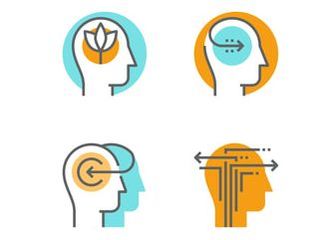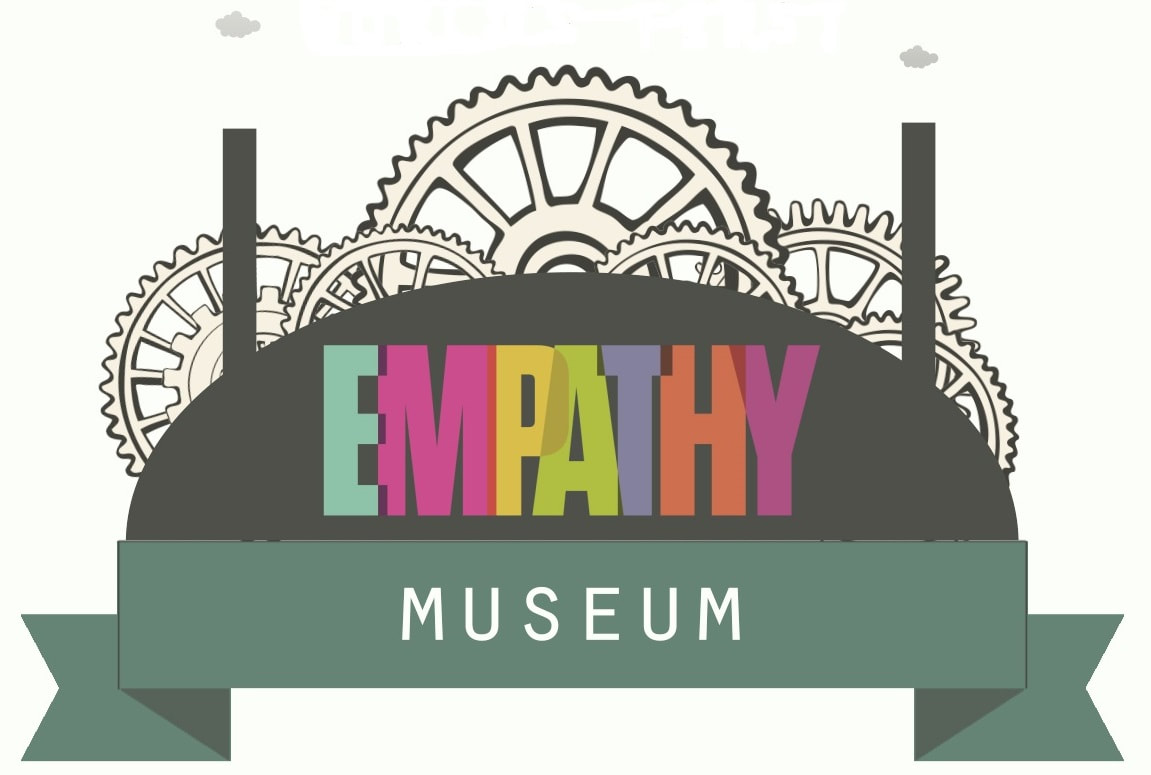Classroom Games
|
A summary of eighteen games used in this class, with particular focuses on interpersonal coordination, group bonding, and empathy.
|
Personal Empathy Inventory
|
The purpose of this assignment is to encourage students to identify how empathy is relevant to themselves. Students provide a 100 to 250-word answer to each of the following questions.
|
Designing an "Empathy Museum"
|
Interest in empathy has increased dramatically over past years. Nowadays, mention empathy to people, and almost everyone would agree that it is vital to human interactions. But is empathy just about being nice and fuzzy? What is empathy? Why is it important? And how to get it?
To help people discover and realize the power of empathy, we need an Empathy Museum — a place where the public can learn about and experience empathy first-hand in a fun and intuitive way. This assignment invites students to conceptually design their own Empathy Museum, where visitors will learn the science of empathy, discover how empathy is important to their own life and to our society, and strengthen their empathic skills and exercise their "empathy muscles" in a safe space. The task is freeform; students are assigned into groups and work together to brainstorm and sketch out their ideas. At the end, each group will present their ideas to the class. Over years, we have seen many fun proposals such as this and this. |
Closing an "Empathy Gap"
|
From time to time, we experience an “Empathy Gap” — a difficulty understanding someone else’s point of view. This gap keeps us from engaging with people of different social groups, but it may also creep into our interactions with good friends, close family members, or anyone else whose perspective is hidden to us (which is essentially everyone). Over several steps, this "Empathy Gap" activity serves to put students’ active listening and perspective-taking skills to use.
|
Class Debate: For Empathy vs. Against Empathy
|
Empathy is not a panacea. Admittedly, it has its own limitations and pitfalls. Based on Paul Bloom's recent arguments against empathy and responses from critics, the Empathy Debate ties together everything students have learned over their two weeks of instruction and encourages them to think critically about the matter at hand.
Students will be randomly assigned to the "For Empathy" or the "Against Empathy" camp and must lay out their respective sides of the argument in a structured debate. This activity brings the course to a close in a structured yet challenging way. Once the exercise is over, the instructor leads an open discussion of the points brought up during the debate. |





